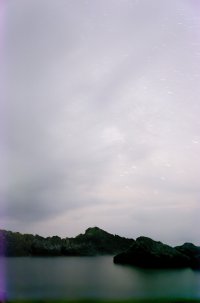Hi guys,
I wanted to compose an image using two long exposures, one for the sky (Milky Way) and one longer one for the ground. But for the longest one I attached here, you can clearly see a purple fringe at the left edge. What could that be caused by and how can I avoid that happening? There are some hints of blue fringing on the right, but the purple one is really visible.
If you boost the image for the sky, you can also see the same type of fringe. Is my sensor broken? It always happens on one side of the sensor, no matter the orientation but all "normal" type images look spectacular and do not display anything weird.
R5, 24-70 f/2.8L @ 24mm, f/2.8, ISO 6400, 300s.

I wanted to compose an image using two long exposures, one for the sky (Milky Way) and one longer one for the ground. But for the longest one I attached here, you can clearly see a purple fringe at the left edge. What could that be caused by and how can I avoid that happening? There are some hints of blue fringing on the right, but the purple one is really visible.
If you boost the image for the sky, you can also see the same type of fringe. Is my sensor broken? It always happens on one side of the sensor, no matter the orientation but all "normal" type images look spectacular and do not display anything weird.
R5, 24-70 f/2.8L @ 24mm, f/2.8, ISO 6400, 300s.



